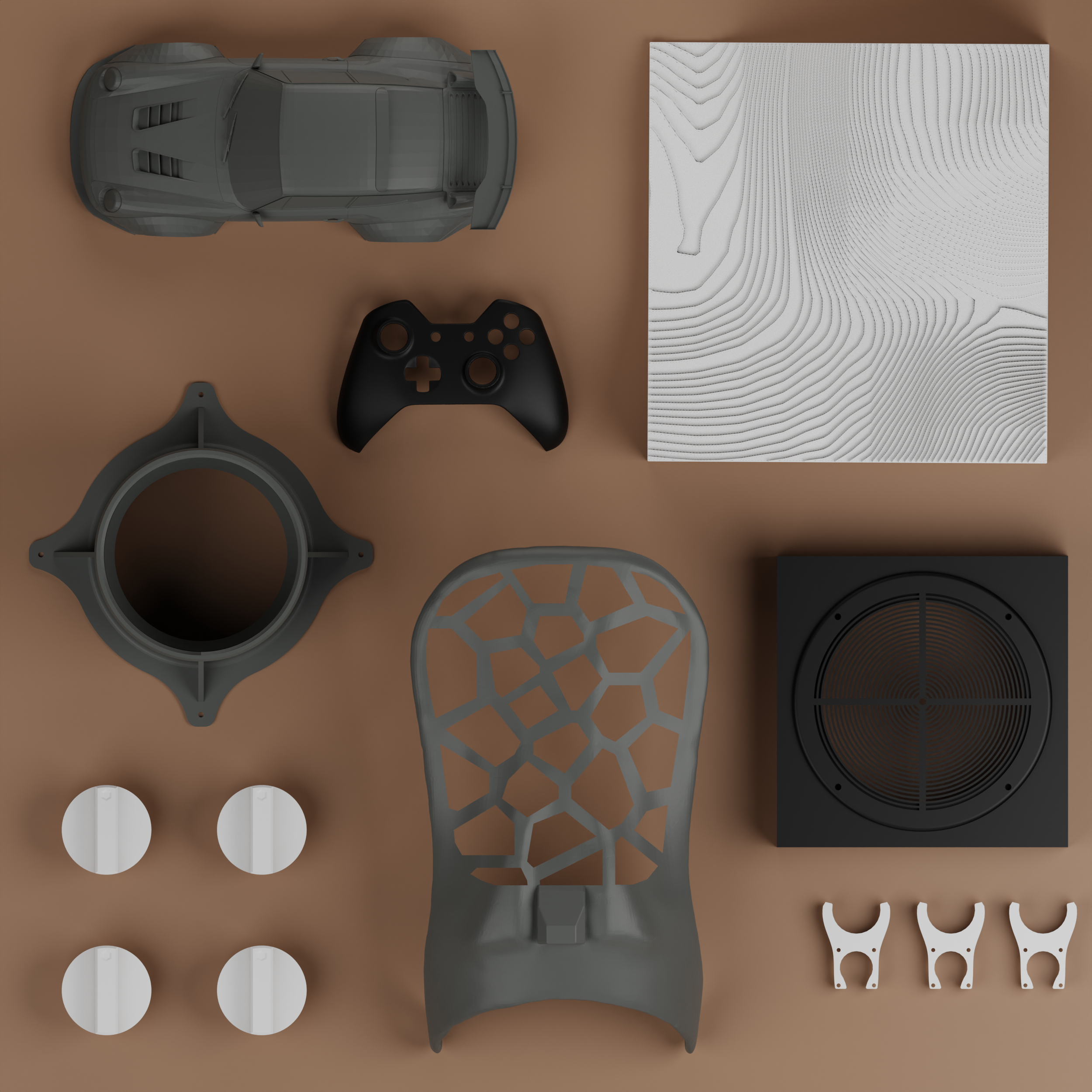Design, Print, Test, Repeat: Iteration in 3D Printing
The main advantage of 3D printing over traditional manufacturing is the ability to iterate quickly and cheaply. This makes the technology revolutionary in its ability to spur innovation. For a long time, 3D printing was best used for prototyping parts. Now, there are new durable and functional materials hitting the market nearly every day.
The Growing Trend of Replacing OEM parts with 3D Printed Parts
For various reasons, original equipment manufacturers (OEMs) are not always the best source for replacement parts. A growing number of people and companies are looking to 3D printing as a way to replicate parts that they otherwise would struggle to procure. This is especially true in the automotive, construction, and hardware technology industries.
3D Printing is Dead, Long Live 3D Printing
Like other tech companies and startups, additive manufacturing – aka 3D printing – benefited greatly from an influx of capital in 2020-2021. Over the past two years, several 3D printing companies have gone public, raised large funding rounds, been acquired, or merged with other companies in an effort to further scale their businesses. However, the recent decline in valuations of public 3D printing companies is raising some questions about the market potential of the technology.
Proof of Concept vs. Prototype vs. Minimum Viable Product: What’s the Difference?
Anyone who is creating a physical product should be familiar with the difference between Proof of Concept, Prototype, and Minimum Viable Product. One of the most cost-effective and time-saving ways to create and iterate hardware products is through 3D printing.
How to Choose the Right 3D Printing Material for your Project
Choosing the right 3D printing material can be a conundrum, but the choice can be made easier by asking yourself a couple simple questions. Once you know exactly what you want your part to do and withstand, you’ll be able to choose the perfect 3D printing material for your project.






